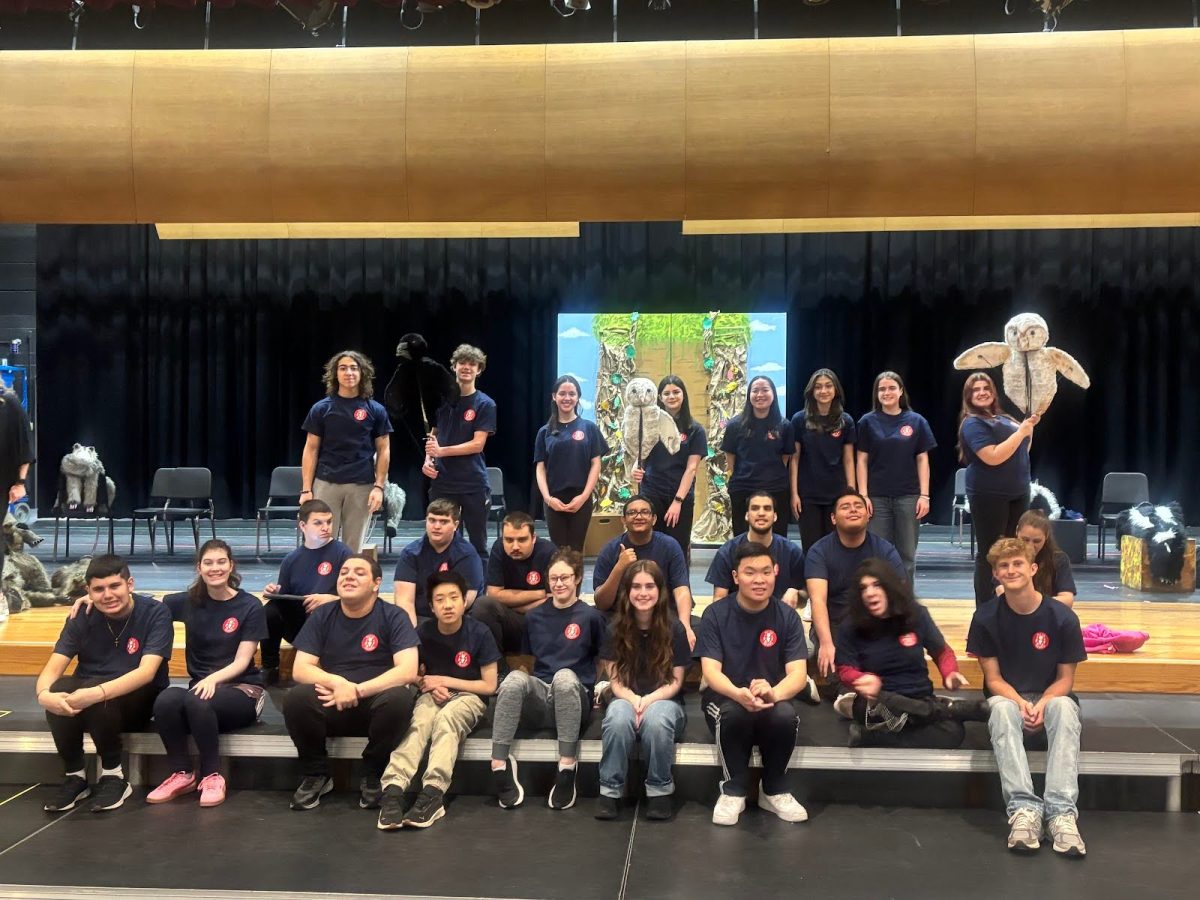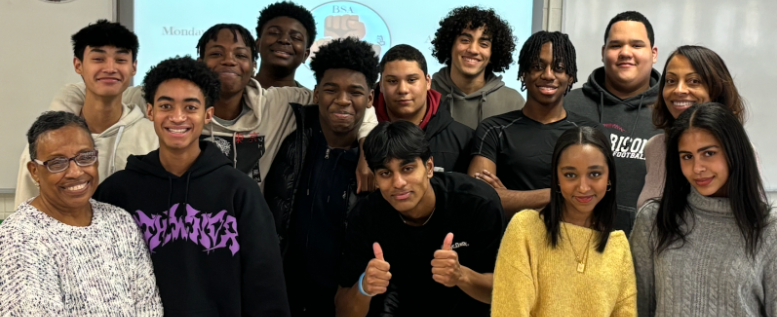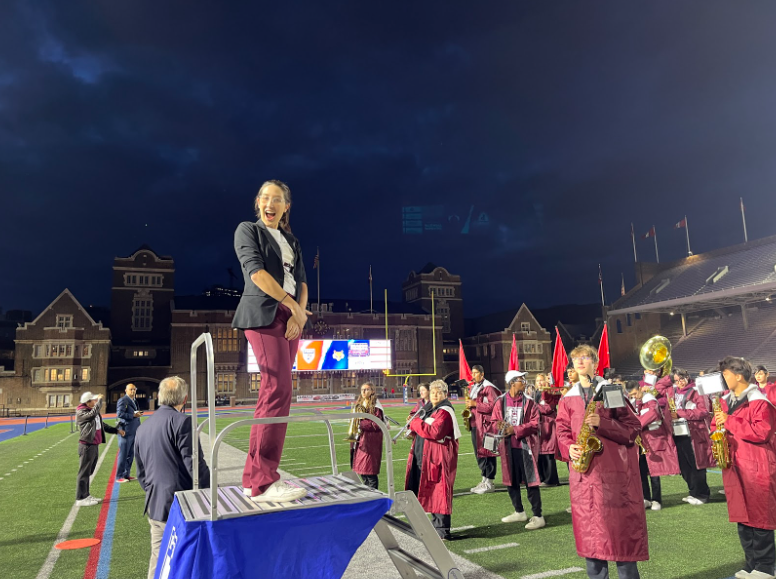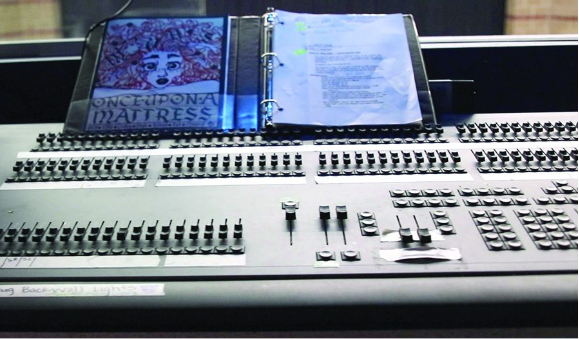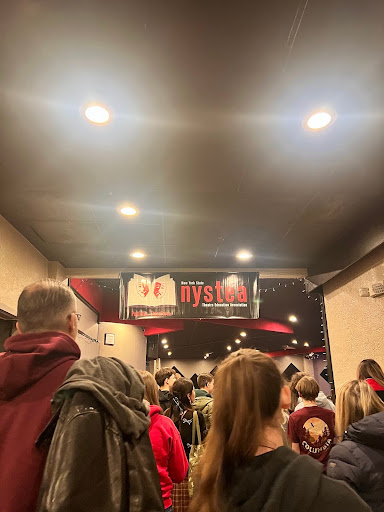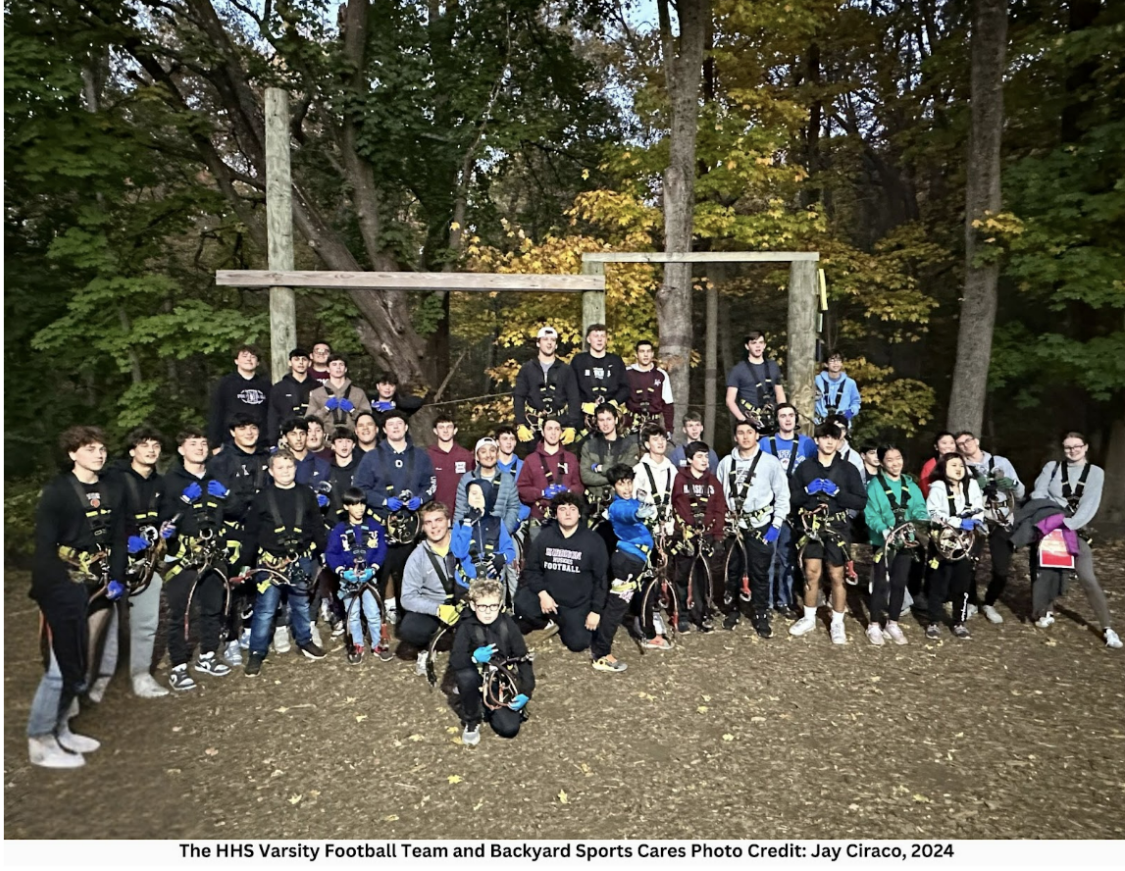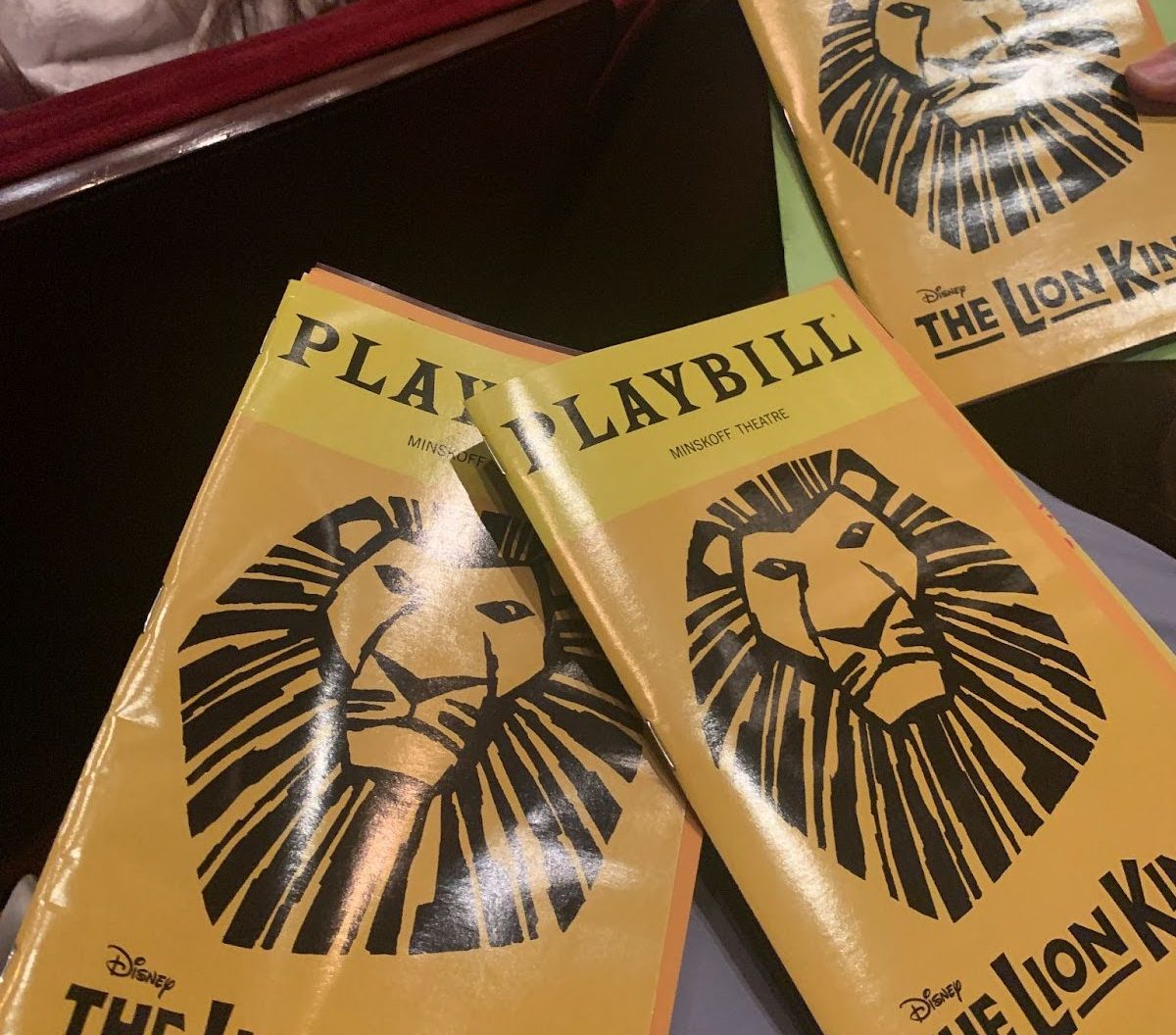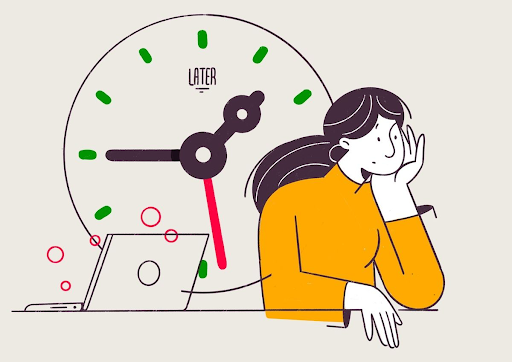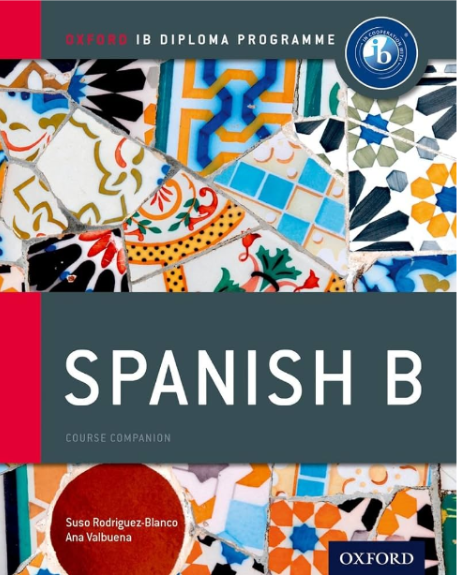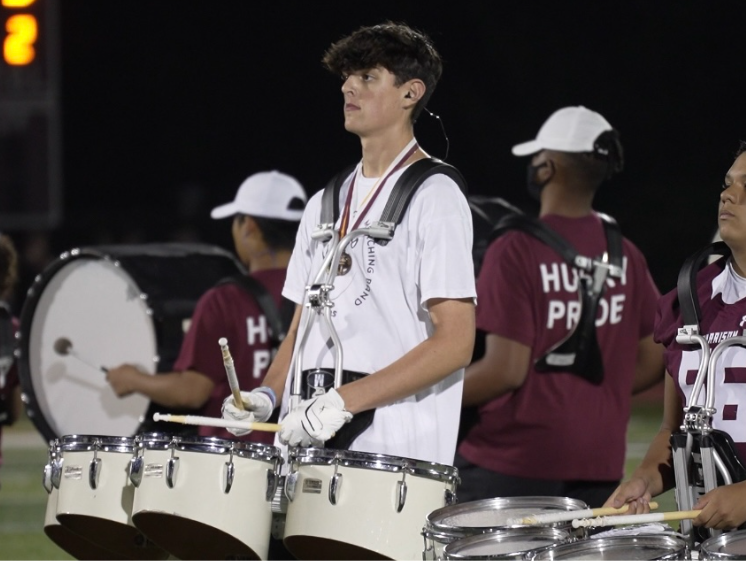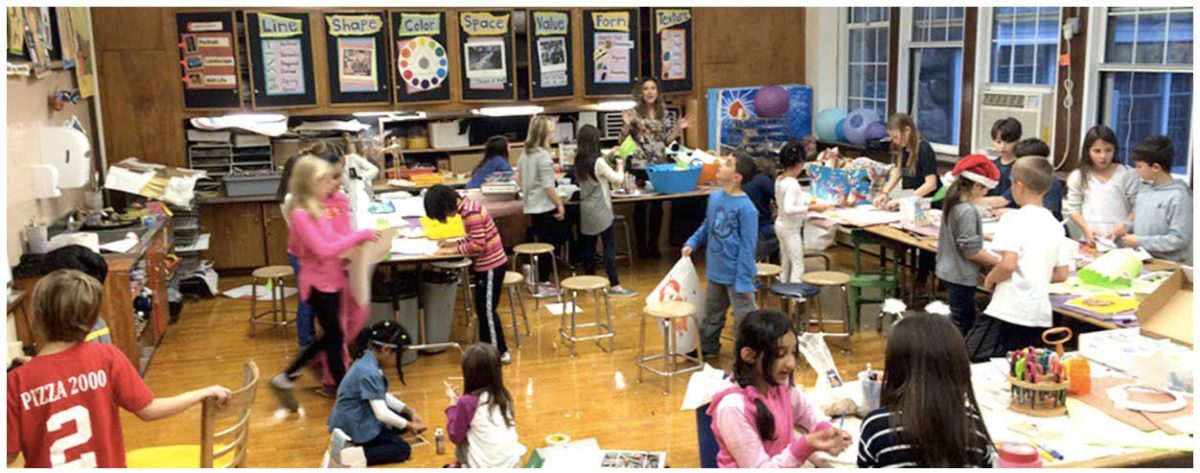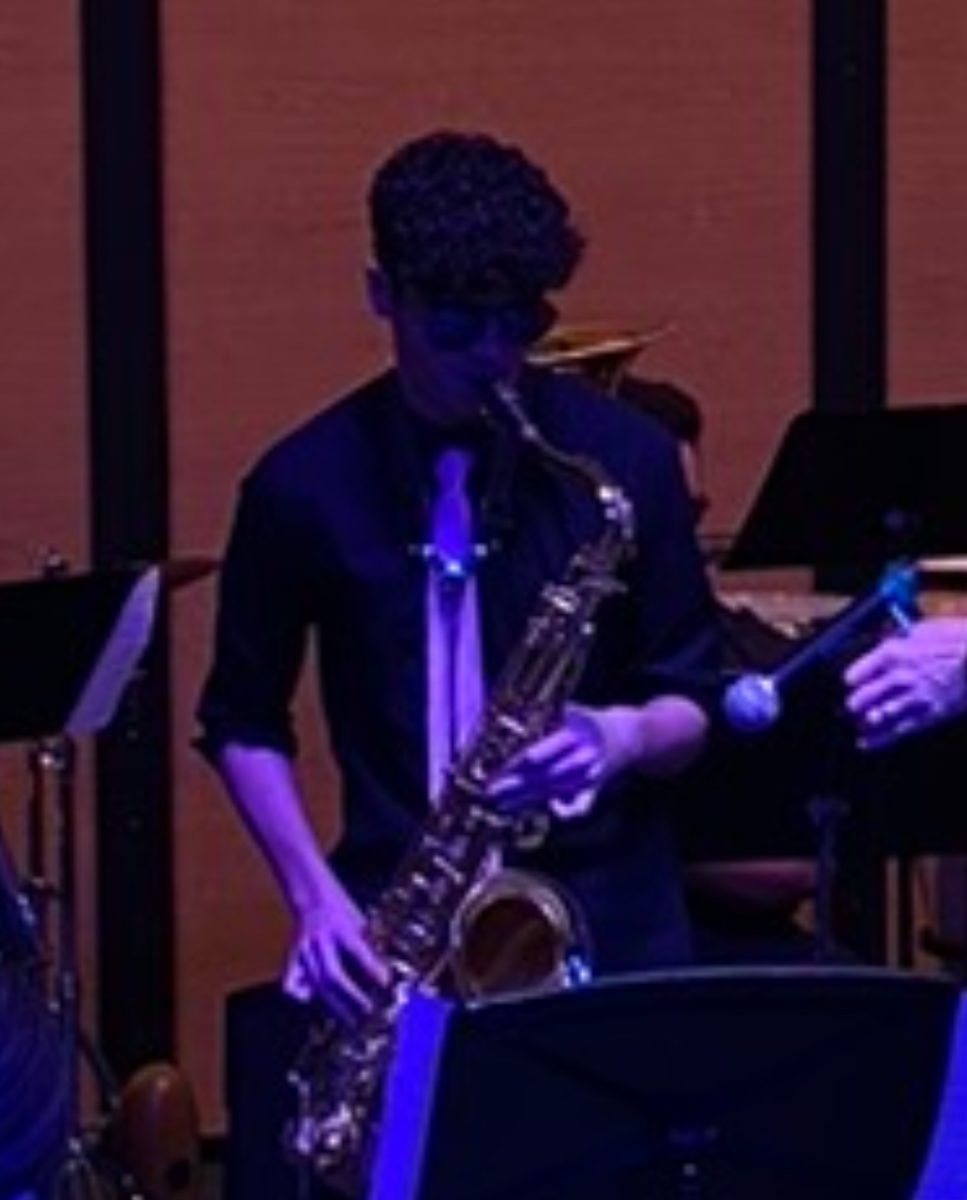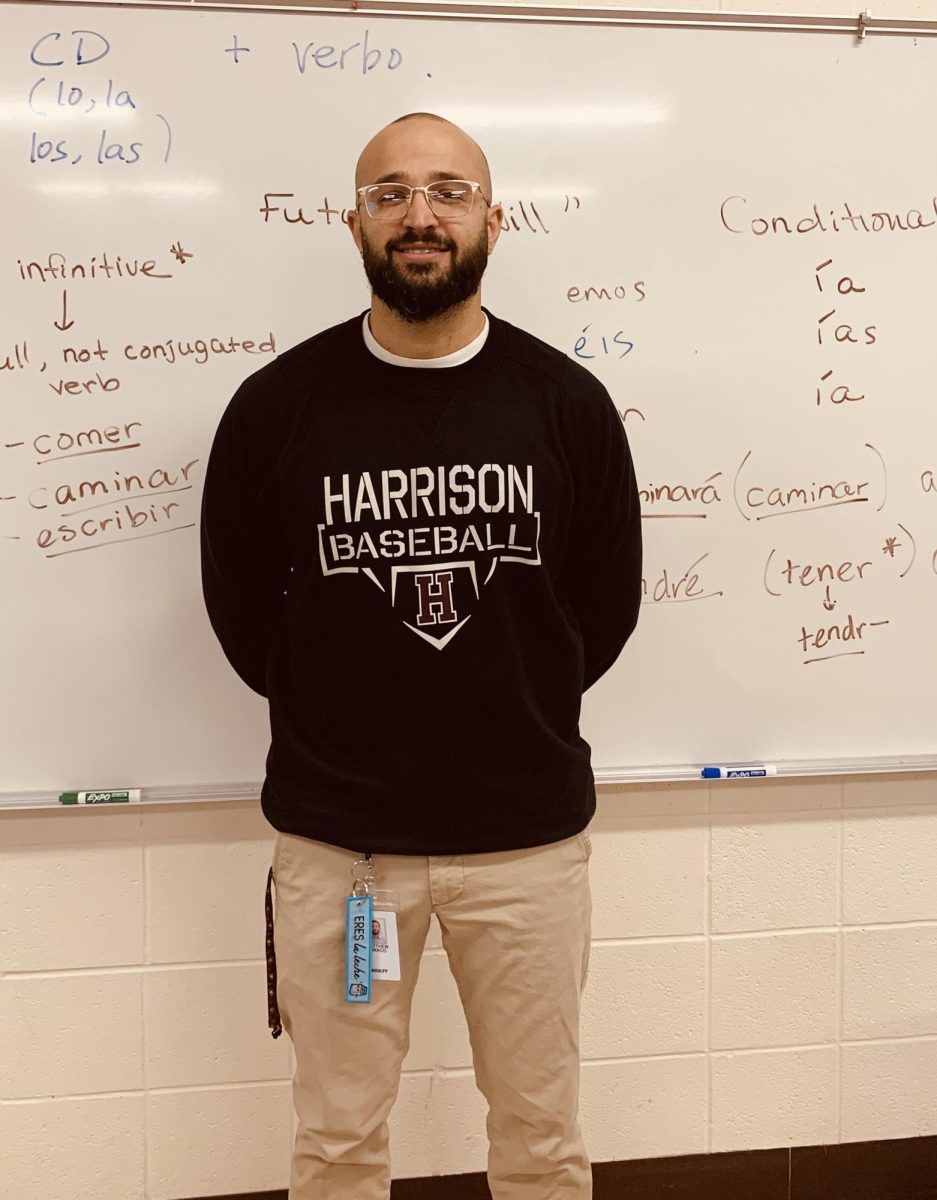Art classes do more than teach students how to paint or draw-they help students develop confidence and build teamwork skills. Numerous educators, including Harrison High School art teacher Sarah Palefsky, believe art creates a sense of belonging while encouraging students to attend school on a regular basis.
Brian Kisida and Daniel Bowen at Brookings EDU have found that an increased exposure to arts education has significant social and academic benefits for students. Art plays a crucial role in adolescent development, improve emotional expression and enhance collaboration skills. Due to these important benefits, teachers like Ms. Palefsky emphasize the need to expand art programs in schools.
Ms. Palefsky’s introduction into art education was unconventional. She initially pursued a career in advertising, but didn’t feel fulfilled with the work. “Then 9/11 happened, and a lot of people questioned their life and purpose. I thought okay, I don’t really know what I wanna do, but I would like to help an inner city school,” she shared.
Her transition into teaching art was quick, as she sped to get her education degree. “I thought, oh, the kids won’t really respect me if I’m an art on a cart. But my parents said, ‘Sarah, work with art on a cart because you’ll work with all grades.’ And I ended up loving it.” Art on a cart is a teaching method where art teachers keep all their supplies on a cart rather than having a dedicated classroom.
Palefsky has since centered her teaching around two principles: “There are no wrong answers in art, only multiple right answers,” and “If everyone’s art looks the same, it’s craft; if everyone’s art looks different, it’s art.” These ideas let her students accept their individuality and explore their creativity. Beyond basic art skills, art classes provide students with an outlet for emotional expression.
“I took a summer course in art therapy, and the concept is that when someone is deep in the art making zone, suppressed emotions can emerge,” Palefsky said. She also spoke about how students, even at a young age, engaged with art in a way that helped them process their emotions.
Ms. Palefsky takes her knowledge of art therapy into her high school art classroom. In high school, where socialization has started becoming solely based on technology, Palefsky observed the change in how students engage with others. “Around 2018, I noticed a shift. Headphones, hoodies, and social media made students withdrawn. Then, the pandemic reinforced isolation.” Despite the challenge of trying to get students to talk face to face, she believed in the power of organic feedback in the classroom. She often encourages us to say things about others’ art and give advice and compliments. When asked whether she finds that art classes motivate students to attend school, Palefsky expressed her fear. “I worry that students who stop taking art classes lose their connection to the joy of creating.”
Art education isn’t just about skill, it’s about shaping identities and human connection. As Palefsky says, “Keep creating. Keep making things. The world needs more of that.”

